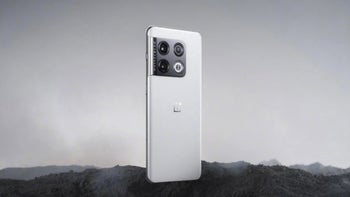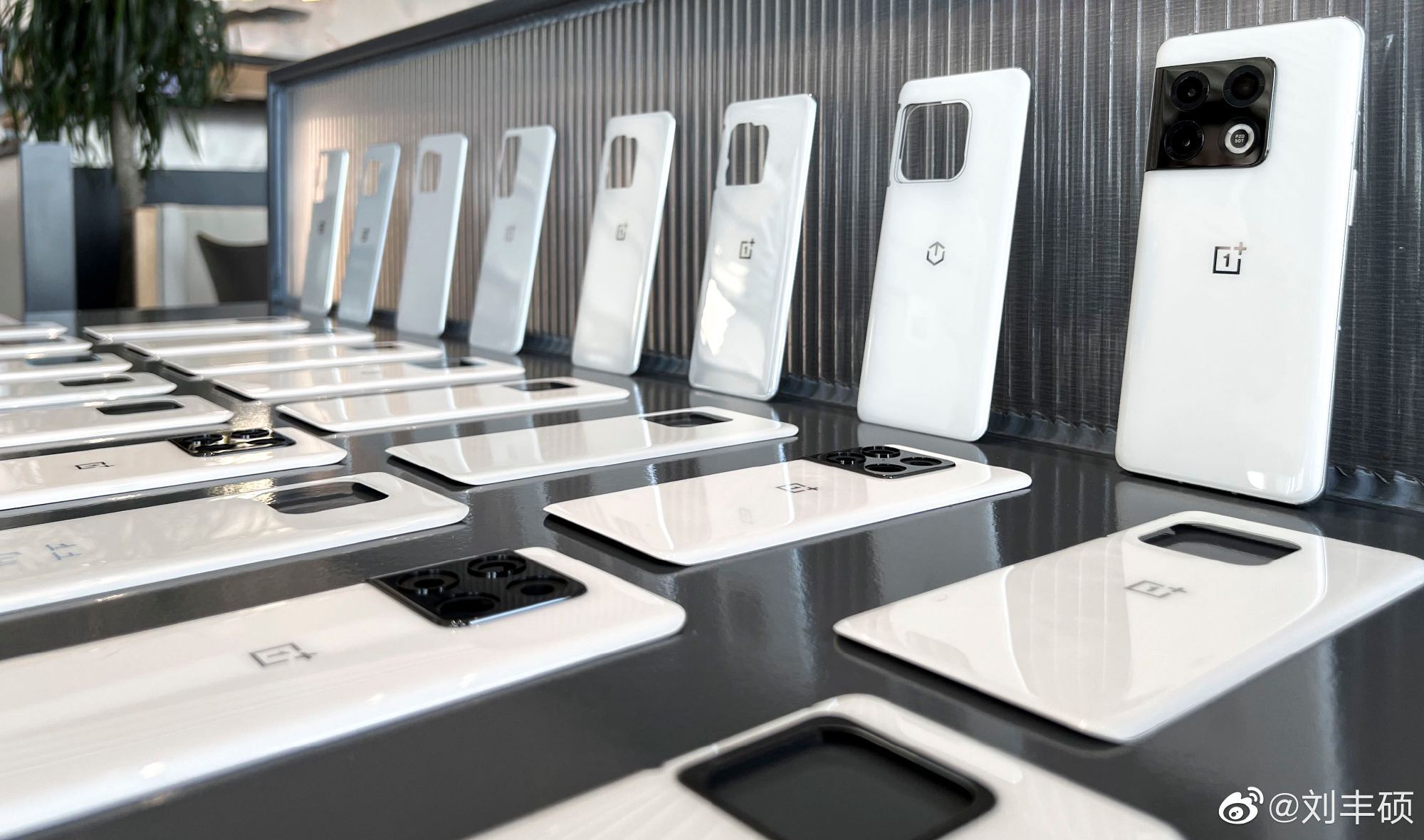OnePlus executive explains why we don't see many white smartphones any more

The very first white iPhone model was the iPhone 4 and was released in April 2011. This was eight months after the black iPhone 4 was initially offered to the public in June of 2010. At the time, this was a big deal as we pointed out in an article written just days before the white iPhone became reality. That story noted that it was an example of the "iPhone craze" that people were working themselves into a lather over a white-cased iPhone.
Times change and Apple, along with other phone manufacturers, started to make their handsets more colorful. You might remember how popular Apple's iPhone 6s in Rose Gold became and that Apple promoted the color in some of its television ads.
The OnePlus 10 Pro "Extreme Edition" comes in Panda White
Earlier today, we told you that OnePlus had announced the "Extreme Edition" of the OnePlus 10 Pro which comes in "Panda White." If you look around the smartphone landscape, you'll see that there aren't too many handsets offered in white and OnePlus product line president Liu Fengshuo explained why in a post on Chinese social media site Weibo.

OnePlus tested several different white casings until it found one it was happy with
Liu explained that there are three reasons why white smartphones remain a rarity. His comment, machine translated, says, "First, the white process is more difficult, which tests the CMF (color, material, finish) level of a mobile phone manufacturer. If there is a slight deviation in the craftsmanship, the final effect will be completely different, and the texture will be reduced."
The second reason why white smartphones aren't prevalent is that manufacturing white smartphones results in a low yield rate which raises the cost of producing such a model when compared to other colors. The executive added that OnePlus tested over 100 effects over a three-month period to find the best casing for the OnePlus 10 Pro "Extreme Edition."
The third reason for manufacturers to stay clear of white is that according to Fengshuo, fingerprints are easier to see on phones with a white body. He says that OnePlus was able to overcome all of the issues including color shifting. This occurs when a phone's color changes when looking at the device from different angles.
So the next time you wonder why your favorite phone isn't being offered in white, keep in mind that manufacturing such a device isn't always as easy as producing a phone in another color.
While the OnePlus 10 Pro is expected to be released globally in the not-too-distant future, it isn't clear which markets outside China, if any, will carry the "Extreme Edition" of the handset.
The regular version of the OnePlus 10 Pro is offered in Volcanic Black and Emerald Forest. Not only does the "Extreme Edition" offer the Panda White color, the device comes with 512GB of storage. That tops the usual 256GB storage cap that OnePlus usually adheres to.
Will the Extreme Edition of the OnePlus 10 Pro be offered in the states?
The OnePlus 10 Pro features a 6.7-inch AMOLED display with a 120Hz refresh rate, a resolution of 1440 x 3216, and an aspect ratio of 20:9. Under the hood is the Snapdragon 8 Gen 1 chipset along with 8GB of memory. The 48MP camera sensor on the back drives the primary camera while the front-facing selfie snapper employs a 32MP camera sensor.
And we would certainly be remiss if we didn't mention that the device supports 5G. It also supports reverse wireless charging which will allow you to share some of the battery life your phone has available with a compatible device including earbuds.
Pre-orders for the OnePlus 10 Pro are being accepted in China now with the release date scheduled for March 1st. And we will keep looking for news related to a U.S. release of the OnePlus 10 Pro and the "Extreme Edition."










Things that are NOT allowed: